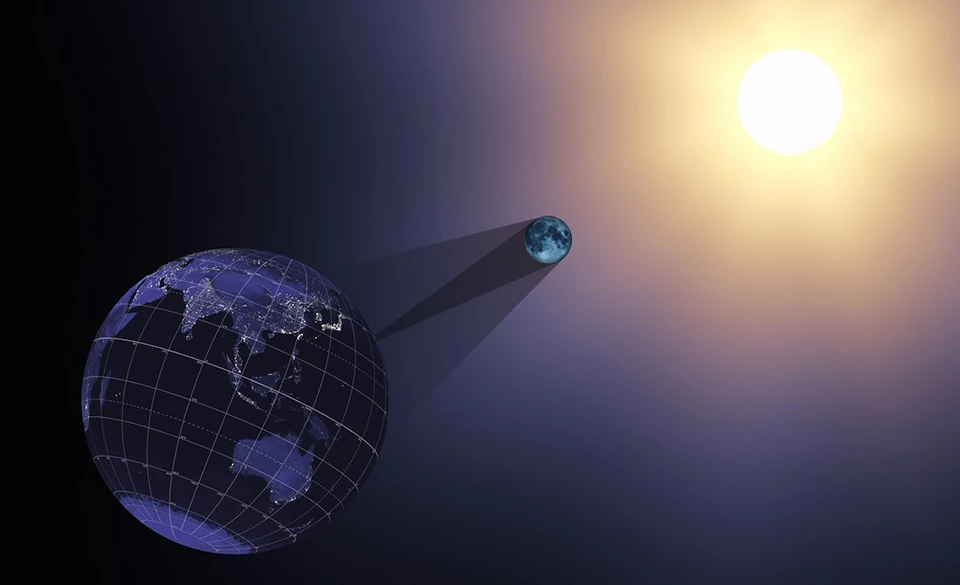Last updated: March 13, 2017
Article
Solar Eclipses: A Cosmic Coincidence?

Photo by NASA
The solar eclipse is among the most spectacular of celestial events. It has evoked both fear and awe through the ages, and no wonder! The sight of the sun appearing to be swallowed whole by a black abyss, and the glowing, ring of fire in its wake, is both wondrous and terrible to behold.
What accounts for this mysterious phenomenon?
When the moon passes between the sun and Earth, it temporarily blocks the sun and casts its shadow on Earth. During this transit, which typically lasts a few minutes, the sun appears dark except for a rim of escaping light from around the edges, which creates the “ring of fire” corona. The size of the corona and amount of sun blocked varies from one eclipse to another depending on how far or close the moon is from Earth. This distance affects the moon’s perceived diameter. The closer the moon, the larger the diameter, which means that more of the sun will be blocked, and less of the corona will be visible. The farther away the moon is from Earth, the smaller its diameter will be in comparison to the sun’s, resulting in a larger, more visible ring of fire. Check out this visualization from NASA.
The moon’s distance also affects the width of the moon’s shadow passing over Earth’s surface, what is referred to as the eclipse “path of totality.” This path typically averages 60 to 70 miles. The solar eclipse appears to be a cosmic coincidence but actually takes place approximately every 18 months. We perceive it to be rare because the total effect can only be seen in places located on the totality path, where the moon-sun axis is virtually a straight line. Parts of the world not on this axis experience a partial eclipse, with the moon blocking some but not all of the sun.
On average, the same spot on Earth only gets to see a solar eclipse for a few minutes every 375 years! This rarity occurs because the geometry of the ecliptic path changes from year to year based on the unique celestial coordinates of the orbiting Earth and moon in relationship to each other and the sun.
